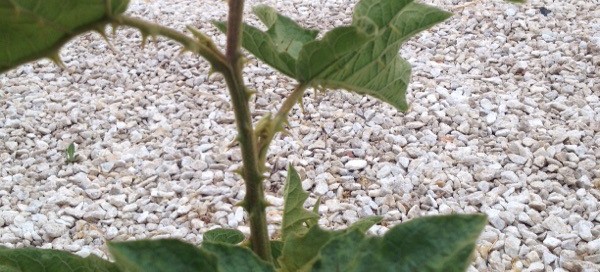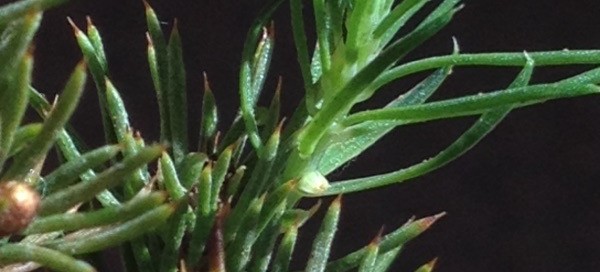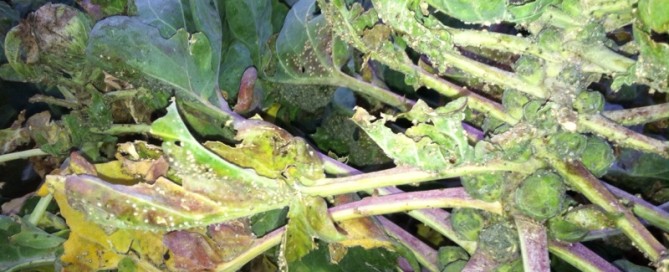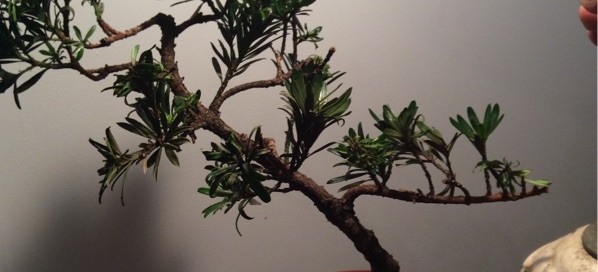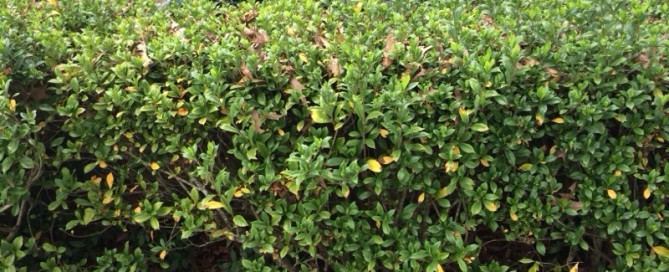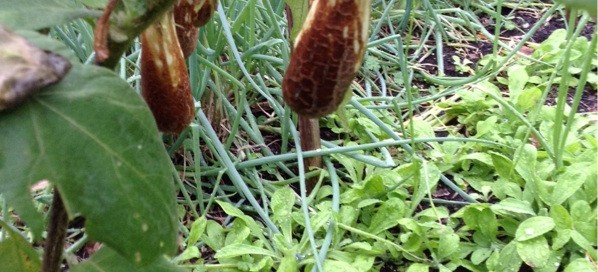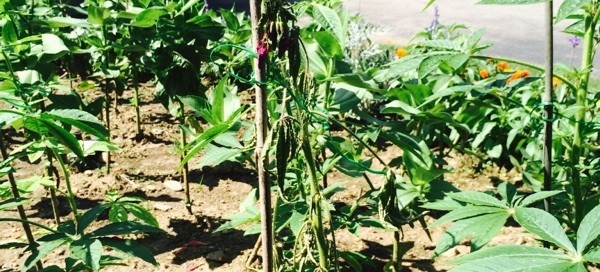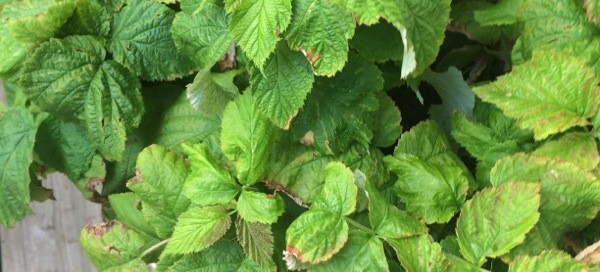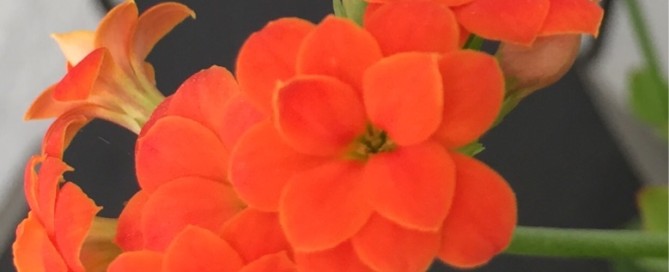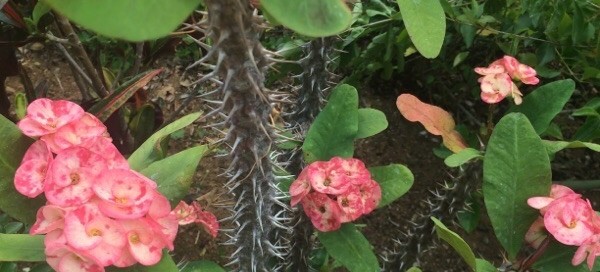Bed Of Nails
We think the leaves resemble the Solanum quitoense, also known as the bed of nails (for its spines on the leaves) or naranjilla plant. It's in the same family of plants as the tomato.This is a subtropical perennial plant from northwestern South America. Does best in temperatures around 65 degrees F. and cannot tolerate temperatures in the 80s. Also prefers well draining soil, regular water and feed with a slow release or organic fertilizer formulated for fruiting plants especially during it growth and fruiting cycles Bears orange-colored 2 inch fruits, but do not eat unless positively identified by a horticulturist at your local garden center or botanic garden and only if you are positive that no chemical insecticide or fungicide has been sprayed on or near the plant.
